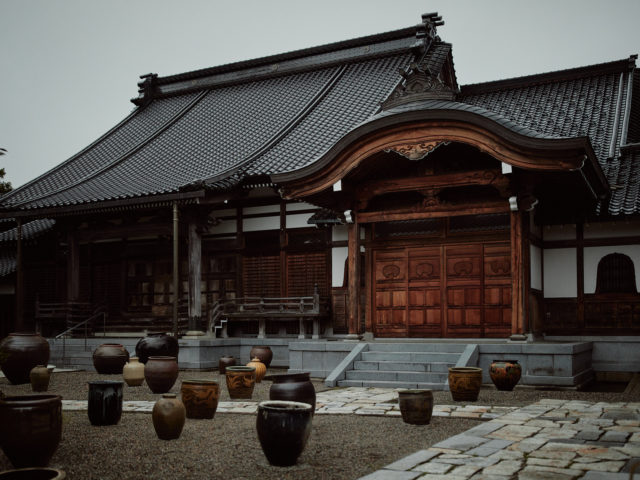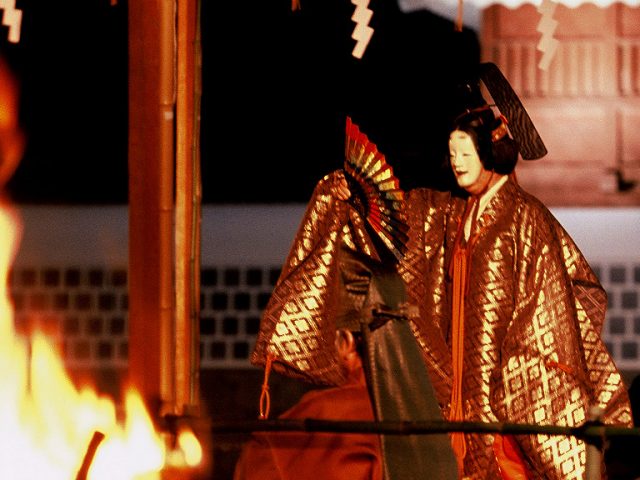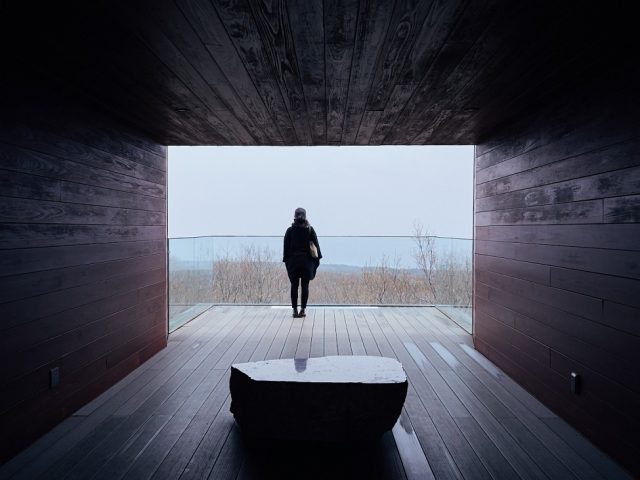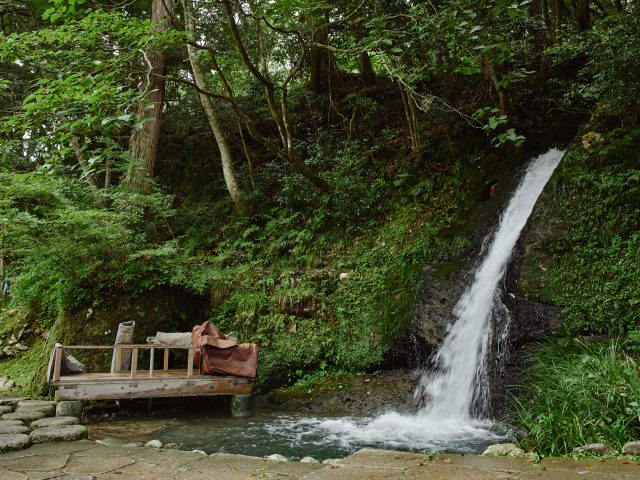Owara Kaze no Bon, Toyama’s Mysterious Dancing Festival
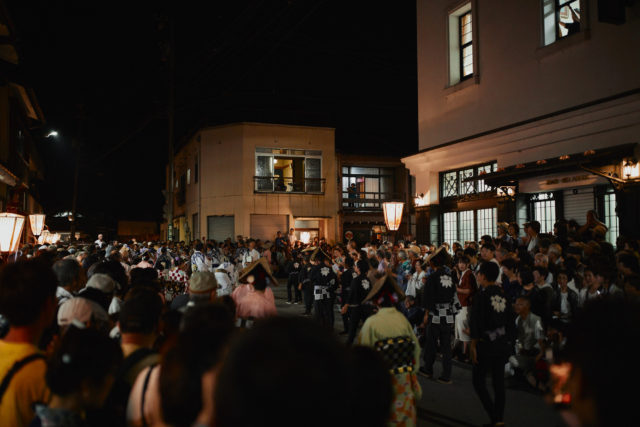
Once every year, as the summer draws to a close, the little town of Yatsuo outside Toyama City bubbles over with locals, touists and other visitors, all scrambling for a glimpse of the ghostly nighttime dances of the yearly festival, Owara Kaze no Bon.
The tradition comes from showing gratitude for a good harvest and prayers for safety from typhoons. The festival and its dances are over 300 years old! Though not many foreign tourists know about it, it always draws a huge Japanese crowd.
Follow the Music, Flow with the Crowd
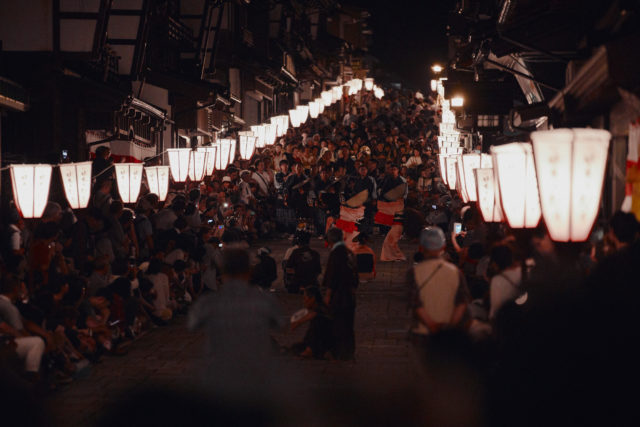
I went to festival on the first of this three-night event. Vehicles are restricted, and what parking there is is far from the dancing area.
But my ears caught the sound of music, and I could easily follow it toward the festival.
Where there are crowds, there are sure to be dancers. I wished I’d worn high heels, as it was difficult to see from behind the wall of people. For most of the festival, there is no stage. Dances will seem to begins spontaneously in the street. Although popular, the festival’s music is quiet, and there are no speakers or projectors. To hear anything, we depend on the polite silence of the other festival goers.
Each town has its own style. Which do you prefer?
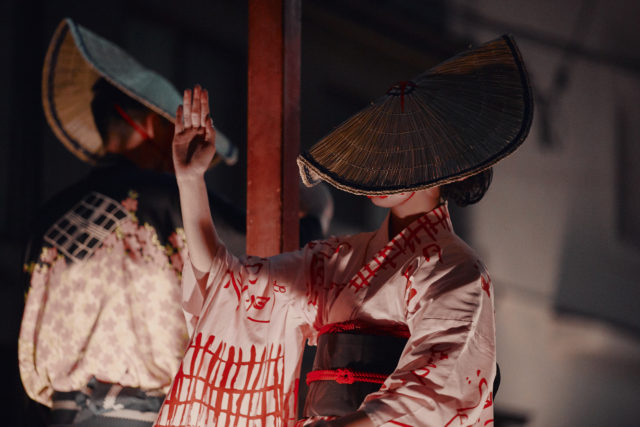
During the dancing for Kagami-machi Town, stairs became as stadium seats. Locals told us this town is especially popular. But by the end, my favorite town’s performance was at Kamishin-machi. Their formation and rallying call was such fun!
I can tell the movements of harvesting rice inspired each dance.
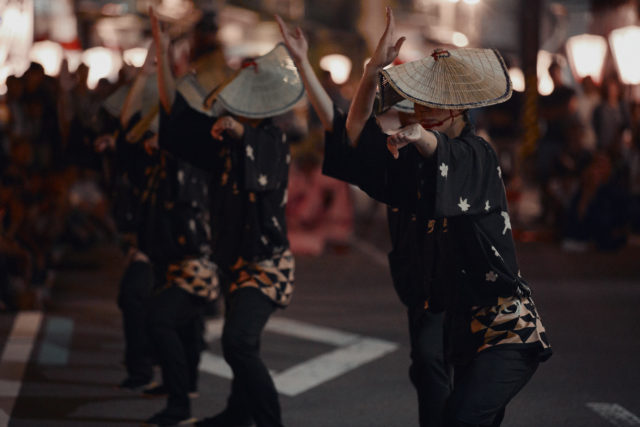
Media always features the women, but what catches my eye is the men! Stand, squat, stand, squat, over and over… What a hard exercise to perform all night. Surely, their muscles must be so sore!
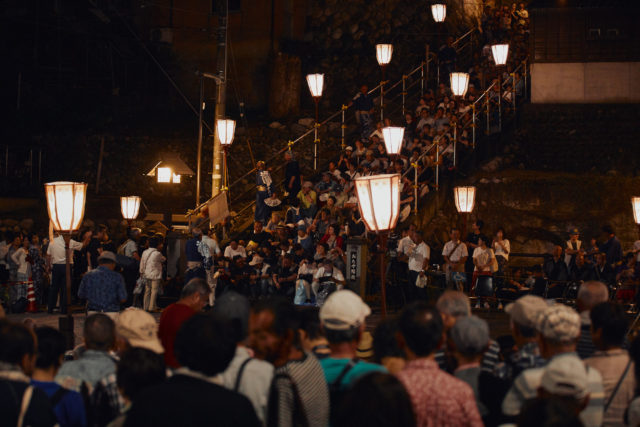
I also couldn’t help but notice all the cameras. Older Japanese men in particular bring their high-end equipment to shoot the female dancers. They snatch all the good spots from the other attendees, but they’re only interested in taking photos. I wonder what they do with all their shots. I seriously doubt they are Instagramers…
One of the Most Beautiful Streets in Japan

Yatsuo is a really beautiful old town. One of its streets, Suho-machi Hon-dori, has been designated one of “The Most 100 Beautiful Streets in Japan.” Cobblestone, paper lanterns, mysterious dancing and music whisks you away to a bygone Japan.
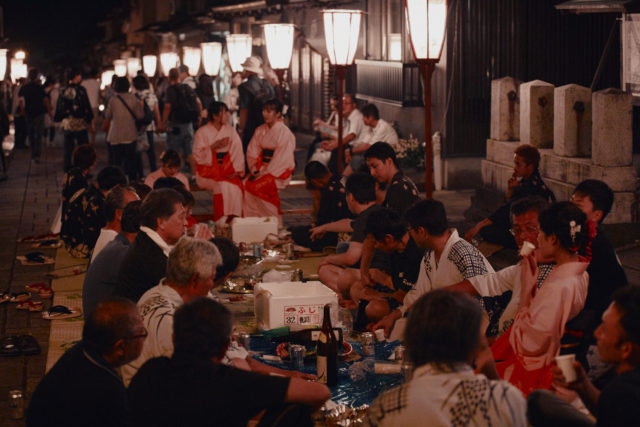
When you walk around the town, you can often see a home party or a neighborhood get-together. People leave their doors open, giving us a glimpse inside their lively homes. Some people sit on the middle of street, making toasts with their drinks and smiling. I can tell they have really been looking forward to this once a year event!
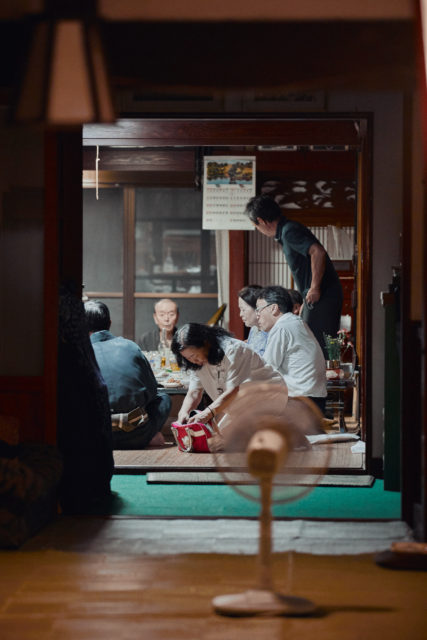
Last-minute Lodging and a Lucky Find
My husband and I had longed to visit, but only two weeks beforehand did we realize our schedule would let us make the trip. We searched immediately for a place to stay, but nearly everything had already booked up. The only hotels left in Toyama City, 20-30 minutes from Yatsuo, were business hotels.
I asked my mother to recommend a cottage near the mountains and she helped us find Murakami Sanso, 30 minutes from Yatsuo in a teeny-tiny village near Tateyama and off a rough, winding mountain road. At first, I was worried it would take too long to get there, but it turned out not to be a problem.
The people there are kind. We could have homemade pizza with local vegetables and drink freshly squeezed juice. In nice weather, the stars are clearly visible. The best part was getting tips for enjoying the festival. We felt so lucky.
The Last Dance of Owara Kaze no Bon
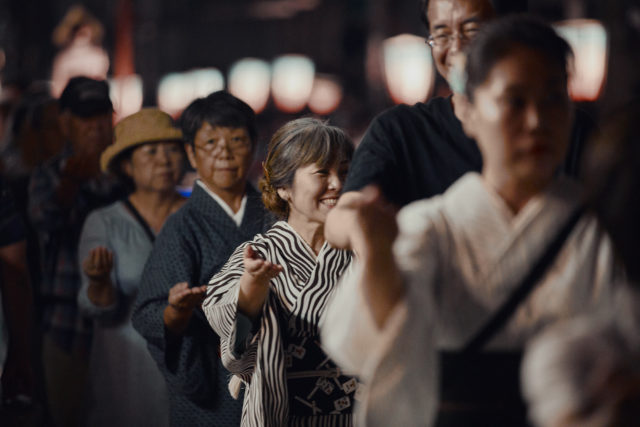
As the night goes on, there are fewer people. The event officially ends at 23:00 (11:00 p.m.), though some continue to dance. Few have have the stamina to keep dancing until morning. But on the third night of this three-night festival, there are a surprising number of late-night dancers. It’s a perfect time to enjoy the event while avoiding the largest crowds.
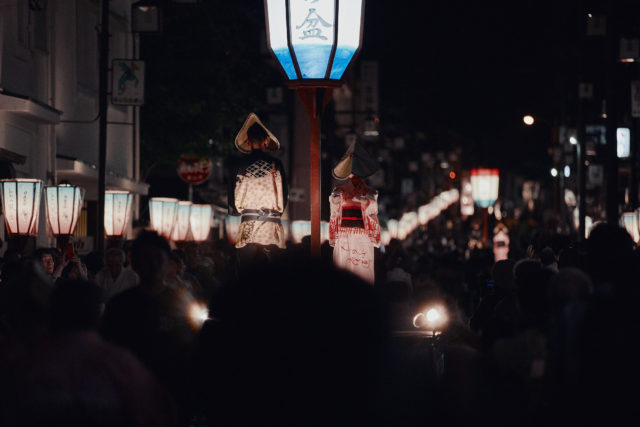
At the end of the final night, everyone dances together in a long line. All Japanese people know a bon dance, as do I, but the particular dance at Owara Kaze no Bon was a bit difficult for me.
The festival dancers demonstrated the correct movements from atop a small stage.
We headed out around 22:30 (10:30 p.m.) to find an incredibly long line to board the bus bound for the parking area with a 1-hour wait. I highly recommend staying in Yatsuo itself or go during off-peak times to park somewhere locally.
Don’t make my mistakes! Follow these tips:
- Make your hotel reservation as early as possible. Stay in town to avoid long queues.
- To avoid the crowds, go after 23:00 (11:00 p.m.). It’s both quieter and feels more mysteriousness later in the night. If it’s possible, go during the last night to see the most dancers.
- Prepare your feet, and expect to walk, walk, walk, walk,… You’ll definitely get your exercise in with this festival, so dress accordingly.
Access By Bus & Train
Kaname Inn → Kanazawa Station
- bus, 13 min., 200 yen
Kanazawa Sta. → Toyama Station
- bullet train, 22 min, 3530 yen (reserved, high season)
- local line train (connection in Kurikara), 58 min, 1220 yen
Toyama Sta. → Yatsuomachi area / Etchu-yatsuo Sta.
- shuttle (festival only), 30 min, free
- Takayama Line, 28 min., 320 yen
- Hida Ltd. Exp., 16 min., 1790 yen (reserved, high season)
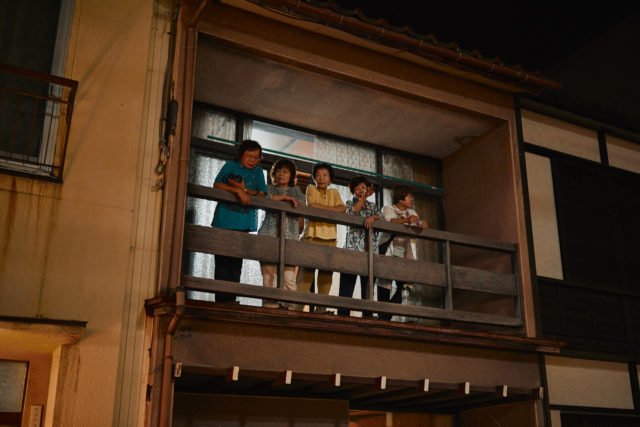
photos by Nik van der Giesen (hitonoto)
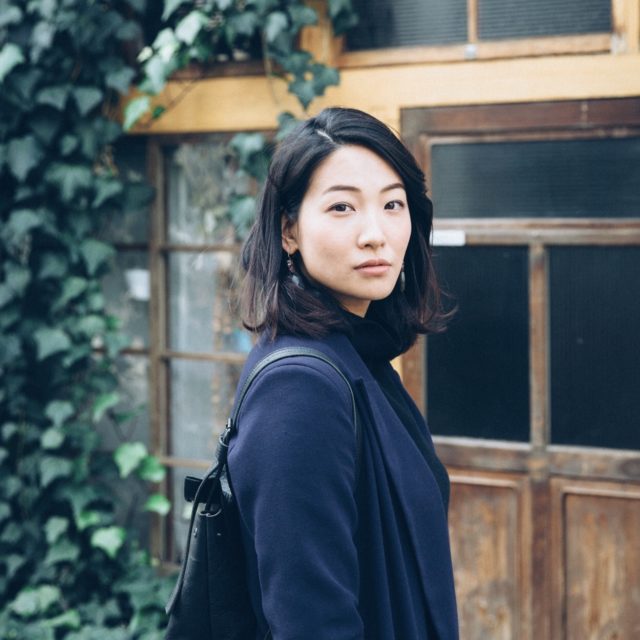
Nao can tell you anything you need to know about crafts, music and sake and was herself a singer in Tokyo for nine years. She is now living in a machiya, a kind of old Japanese townhouse, for her project, hitonoto. insta@yasutanao

